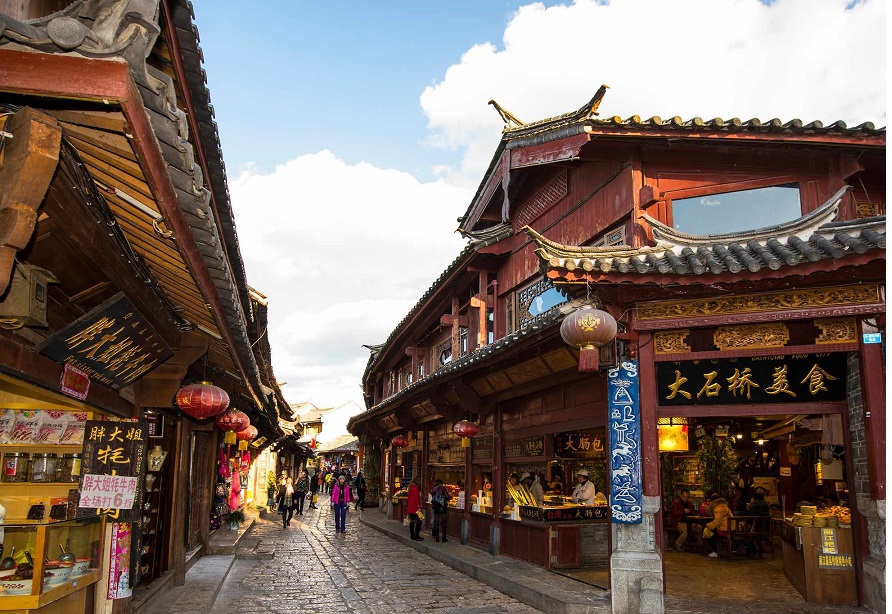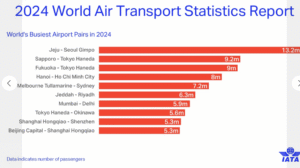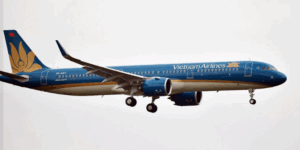Tourism : IMF economists warn a return to pre-pandemic levels could take multiple years

By Bertram Niles/ CGTN —
After a disastrous 2020 for tourism caused by the coronavirus pandemic, industry planners hope that clear signs of green shoots will emerge in the international travel trade sometime this year.
But International Monetary Fund (IMF) economists warn that a return to pre-pandemic levels could take multiple years.
“The recovery in international travel and tourism will be protracted and subject to a high degree of uncertainty,” they say in a newly published paper on tourism in a post-pandemic world that focuses mainly on the Asia Pacific region and the western hemisphere where the sector plays a crucial economic role.
The task before the industry was highlighted in January when the United Nations World Tourism Organization reported that global tourism suffered its worst year on record last year, with international arrivals dropping by 74 percent.
That translated to one billion fewer arrivals as lockdowns and entry restrictions took hold in the fight against COVID-19, the disease caused by the coronavirus.
Hopes are rising that vaccine rollouts will encourage more people to think about traveling abroad again. In Britain, after Prime Minister Boris Johnson outlined a plan this week to exit the country’s lockdown, airlines and tour operators reported a surge in bookings and inquiries.
The IMF paper acknowledges that pent-up demand for tourism following lockdowns and smooth vaccine operation could trigger the start of a recovery if enough herd immunity is achieved by the second half of 2021.
But it cautions that there are still significant downside risks, including expected vaccine storage and distribution challenges in many developing economies.
“Bringing the pandemic under control and restoring the normal functioning of economic activity will depend on global efforts to ensure the swift deployment of vaccines and treatments and policy interventions that can help cushion income losses and address long-term scarring effects,” the authors say.
“Therefore, it is reasonable to assume that ascending back to pre-pandemic level will take multiple years and remain subject to greater uncertainty and setbacks.”
And any recovery they say is likely to be uneven, dependent on whether people are still afraid to travel to particular areas, or particular regions are reluctant to reopen their borders if incoming tourists are not vaccinated or the virus is still rampant.
The COVID-19 crisis has hit the tourism economy hard, with unprecedented effects on jobs and businesses worldwide.
Asia and the Pacific suffered an 84 percent industry decline, recorded 300 million fewer international arrivals in 2020, the largest decrease, according to the World Tourism Organization. The Middle East and Africa each recorded a 75-percent decline with Europe and the Americas hovering around 70 percent.
With pain being felt across the board, though much greater in tourism-dependent countries, the IMF economists say a sustainable and broad-based recovery in international travel and tourism will require global cooperation.
“Although the immediate priority at the global level is to produce, purchase, and distribute medical treatments and vaccines to halt the COVID-19, the pandemic offers an opportunity to explore long-term solutions to the pandemic and to restructure and rebuild tourism to suit the needs of more-resilient and environment-friendly economies,” they say.
“Global cooperation and guidelines on health and safety protocols, and secure platforms that unify a consortium of individuals, governments, and the travel industry in sharing information would provide tourists with good practice guides and information on travel requirements – such as a negative viral test and health insurance coverage.”
Some in the industry have called for the use of so-called vaccine passports to enable mass travel to resume. But in an interim paper published earlier in February, the World Health Organization said its current position is that national authorities should not introduce requirements of proof of COVID-19 vaccination as a condition for departure or entry.
But it is reported that the UN health agency is working with major tech companies to develop a digital record system that could allow airlines and other entities such as schools to screen whether people have proof of vaccination.
Tourism has become one of the world’s most important growth engines, accounting for more than 10 percent of global GDP directly and indirectly, according to the IMF
Spending by international tourists amounted to nearly $1.6 trillion at the end of 2019. By source, most international tourists came from Europe and more recently from Asia, driven by China, which accounts for a fifth of international tourism spending and tourist arrivals, the Fund says.
Feb. 28, 2021
Photo : The beautiful ancient town of Lijiang in Yunnan Province in the southwest of China has seen already its domestic tourism industry recover. / VCG















